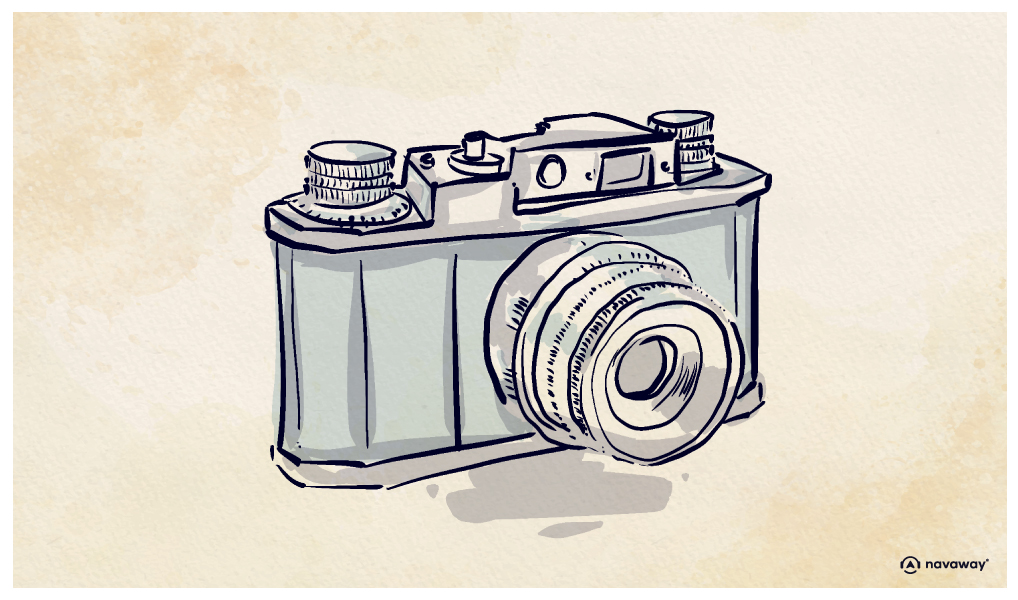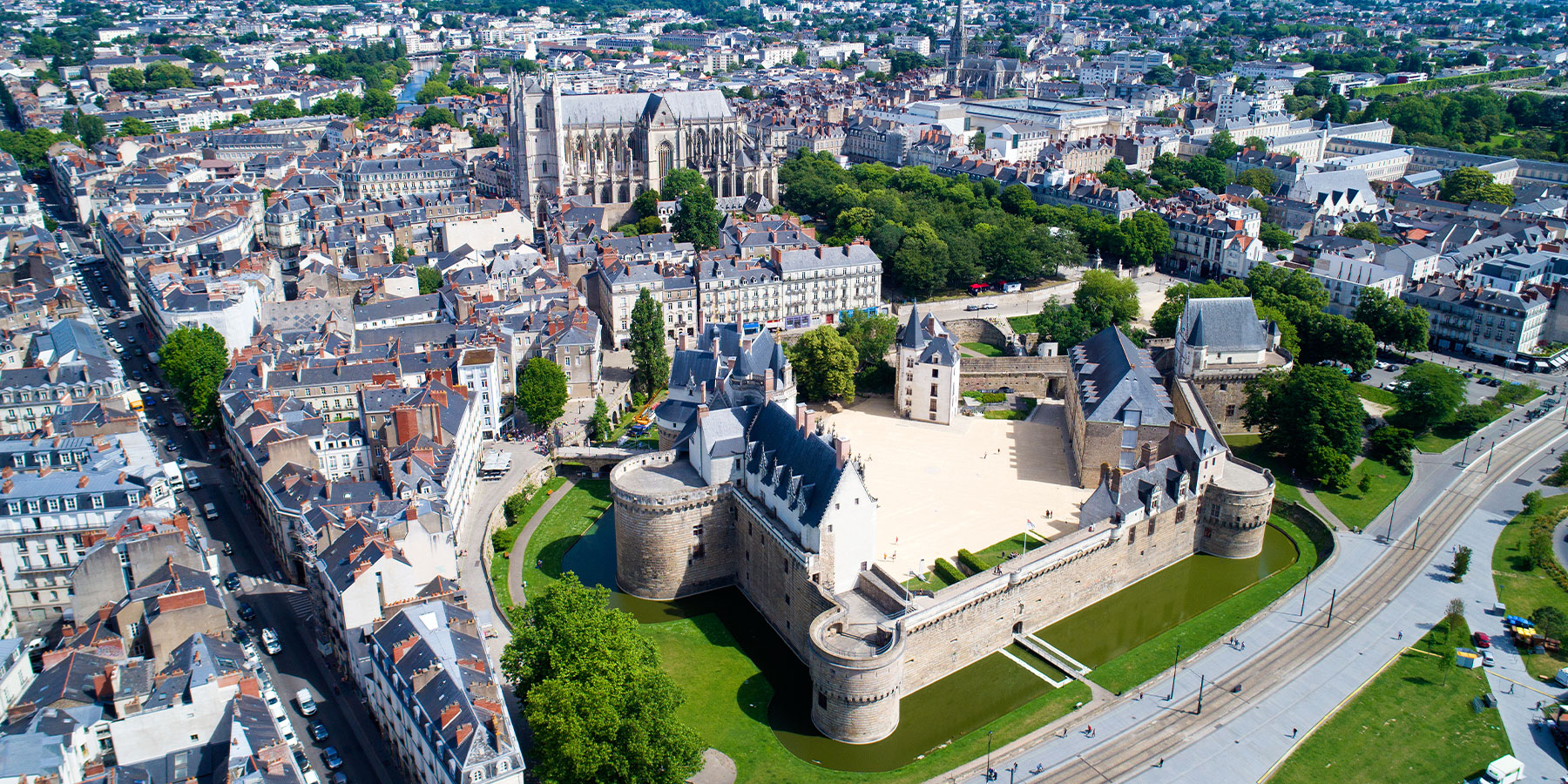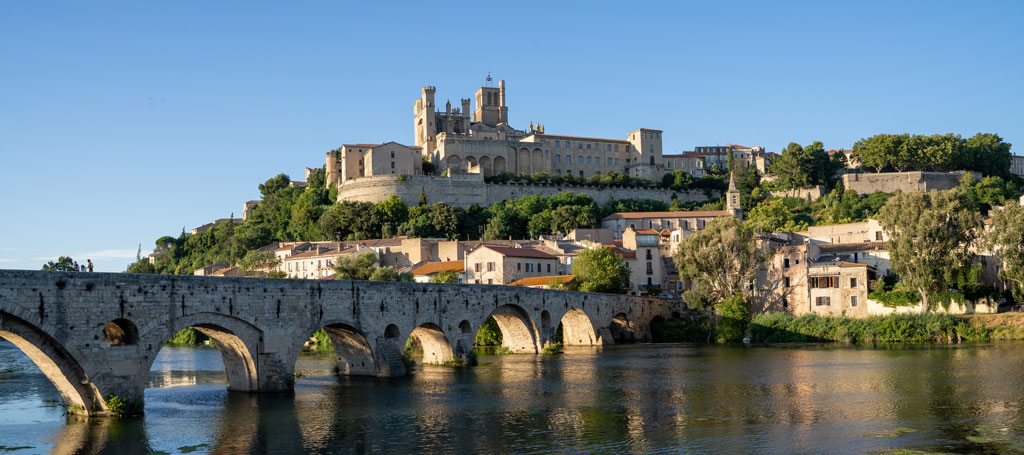
Saint-Clément Aqueduct

This point of interest is available as audio on the tour: Visit Montpellier, The Gifted City
Supplying a city with water seems like a mundane task nowadays. But back then, you have to imagine that access to this natural resource was a real challenge. Montpellier can testify to that. Founded in the Middle Ages, the city severely lacked water despite having wells and fountains along the riverbank and in the city center. The city council, determined to solve this problem, decided to create an aqueduct connecting the spring waters of Saint-Clément to the Peyrou Promenade in 1751. Henri Pitot, the chief engineer for provincial works at that time, was designated as the man for the job to best bring this large-scale project to life. The least we can say is that he spared no effort. After twelve and a half years of labor, water flowed for the first time in Montpellier on December 7, 1765, to the enthusiastic applause of 4,000 to 6,000 people. From 1766 to 1776, the Saint-Clément Aqueduct was connected to the Water Tower of the Peyrou Promenade, as well as three large fountains recently built in the city center. In the second half of the 19th century, its route was extended to Lez to increase its flow. Over time, the Saint-Clément Aqueduct was increasingly overused and altered. Eventually, it began to deteriorate so quickly that the city decided to shut it down. In 1935, it was replaced by a modern pipeline system capable of delivering 400 liters of water per second. Stretching over more than 800 meters long and reaching heights of 28 meters in places, the Saint-Clément Aqueduct no longer carries water today. Nevertheless, its stone silhouette, strongly inspired by that of the Pont du Gard, remains a striking element of Montpellier’s landscape. It has been fully classified as a historical monument in 2022. If you feel like admiring the structure from its base, don’t miss finding the commemorative plaque dedicated to Jean Moulin. It was near one of the aqueduct’s pillars that the most famous photograph of this Resistance hero was taken, dressed in an overcoat, hat, and scarf.


Discover Montpellier with app
An interactive guide through the most beautiful streets, squares, and districts
19 fun audioguides full of historical facts, anecdotes, and legends





Comments